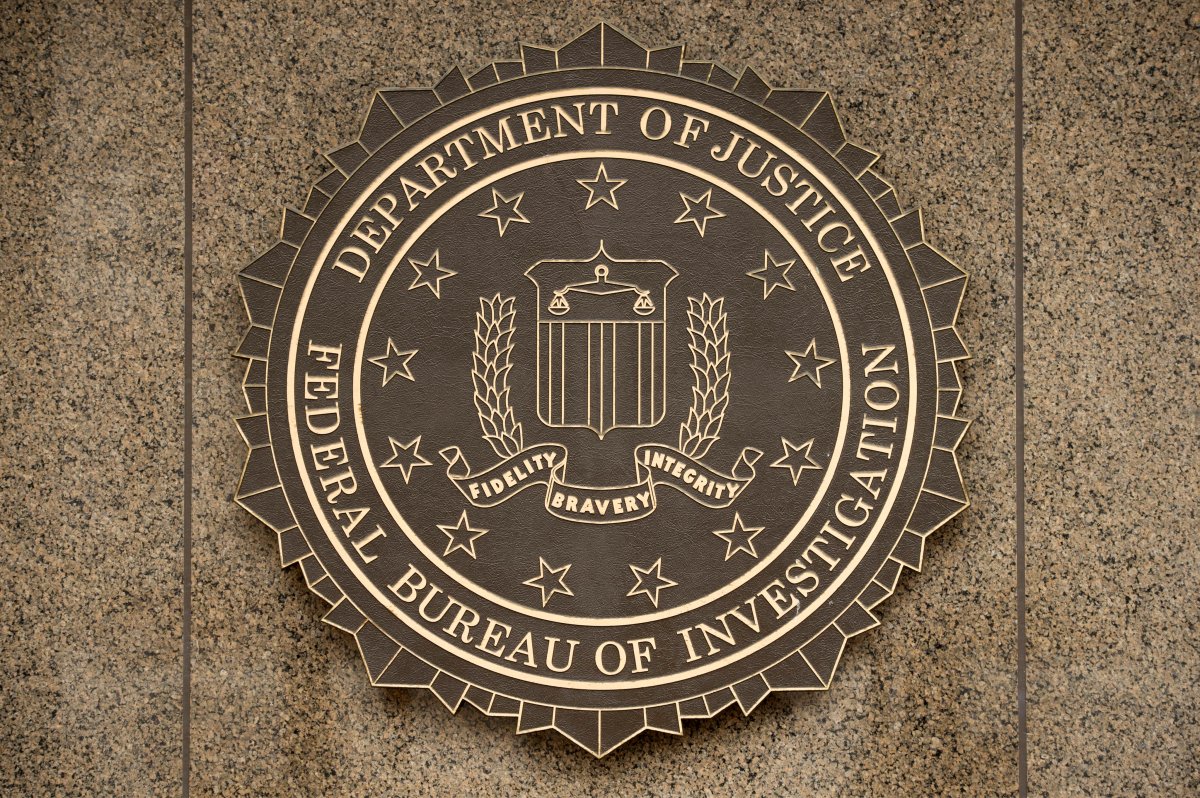The horrific beating of a mentally disabled white man in Chicago by four black assailants broadcast on social media is highlighting anti-white hate crimes at a time of increased racial strife in the United States.

But federal statistics and experts say anti-white incidents remain a smaller percentage of overall hate crimes. Anti-black hate crimes are still the largest number of cases.
According to the 2015 FBI hate crime statistics, the latest available, there were 613 anti-white-related crimes out of 5,850 total cases. That’s around 10.5 per cent of all reported hate crimes, and within the yearly average, federal numbers show.

By comparison, the FBI reports there were 1,745 anti-black hate crimes or about 30 per cent of all reported incidents. Jews were the most targeted religious group that year and were victims of 11 per cent of all hate crimes. It’s not clear how many anti-Jewish hate crime victims also may have been attacked because of their race.
That data also suggested that blacks and Jews remain disproportionately targets of hate crimes compared to their population as opposed to whites. African-Americans are only 13 per cent of the U.S. population, while non-Hispanic whites are 61 per cent.
The FBI defines a hate crime as a “criminal offence against a person or property motivated in whole or in part by an offender’s bias against a race, religion, disability, sexual orientation, ethnicity, gender, or gender identity.” Filing reports for the federal count is voluntary, but guidelines call for reports to be submitted even if they list zero hate crimes.
- Four injured after military horses break loose, stampede in London, U.K.
- Canada refused to repatriate woman from ISIS camp because she can’t be arrested: internal memo
- Russia vetoes UN resolution to prevent nuclear arms race in space
- Why U.S. colleges are turning to police to quell pro-Palestinian student protests
Even then, experts say the FBI data on hate crimes isn’t a full picture since anti-black cases are skewed lower by the lack of reporting participation by some southern law enforcement agencies.
READ MORE: Man released without charges in alleged hate crime at Edmonton LRT station
Some large Florida cities, like Miami, reported no hate crimes to the FBI in 2015, said Brian Levin, the director of the Center for the Study of Hate and Extremism, California State University. “I doubt that cities as diverse as those had no hate crimes,” he said.
In Chicago, two men and two women – all black – are facing hate crime charges in connection with the brutal beating of a mentally disabled white man that was streamed on Facebook Live. The video shows the victim is tied up and the suspects are making racial slurs and references to his mental capacity, Chicago Police Commander Kevin Duffin said.
The suspects are accused of forcing the victim to drink toilet water and kiss the floor, stuffing a sock into his mouth, taping his mouth shut and binding his hands with a belt.
The 18-year-old victim, who is from a Chicago suburb, suffers from schizophrenia and attention-deficit disorder, authorities said.
The victim also was taunted with profanities against white people and President-elect Donald Trump.
Eighteen-year-olds Brittany Covington, Tesfaye Cooper and Jordan Hill, and 24-year-old Tanishia Covington also face kidnapping and battery charges in connection with the attack.
The case heightened political tensions on social media and opened yet-to-be healed wounds from a nasty presidential election campaign. Some conservatives suggested the attack highlighted growing anti-white violence and was linked to the Black Lives Matter movement, although police said there was no indication of any connection.
The FBI does classify attacks based on disability as a hate crime. Federal numbers show 88 incidents related to attacks on disability in 2015.
READ MORE: Family of Muslim teen attacked in Hamilton, Ont. believes assault may be hate crime
In addition to underreporting, Levin said strong federal data of the race and ethnicity of assailants is incomplete because of the lack of consistent reporting.
The 2015 FBI data showed that of the 734 total reported offences committed against whites – a single incident could have multiple offences like assault or theft – 46 per cent of those were committed by blacks.
In contrast, of the 2,125 reported offences committed against blacks, 58 per cent of those who committed by whites.
“We are seeing the coarseness that exists in society generally.”
Still, despite the data, Levin said the Chicago beating is resonating because it was shown via social media and racial relations are tense following the November election. Live streams and 140 Twitter characters inflame the fires.
Levin described the situation as “a logjam of motivations” for conflict, saying it’s like nothing he’s ever seen.
“We are seeing the coarseness that exists in society generally, those embers, have crossed the fire lines to all parts of the racial, ethnic and ideological spectrum,” Levin said.









Comments